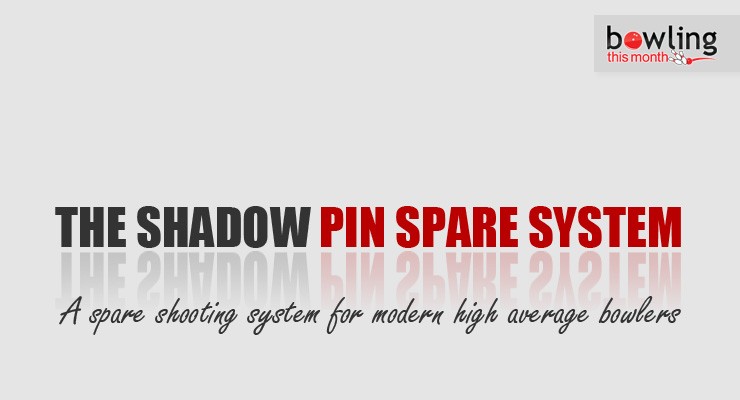Living in Las Vegas where there are over a dozen bowling centers, most of which have over 60 lanes, I get the opportunity to watch good bowlers every day. Whether in leagues, tournaments, pot games, or practice, I believe the main difference between most 200 average bowlers and 230 average bowlers is spare shooting. To average over 200, you have to throw a lot of strikes. To average 230 on a house shot, or 200 on a sport shot, you’d better make virtually all of your spares.
The one thing great spare shooters have in common is that they throw a straight shot at all of their spares except double wood (2-8, 3-9, etc.). While no one contests the fact that throwing a straight shot at same-side corner pins (the 6 and 10 pin for righthanders and the 4 and 7 pin for lefthanders) works well, many bowlers who bowl primarily on house conditions choose to hook the ball at most other spares.
As bowling balls get stronger and stronger, proprietors add more and more oil to the center of the lane and hooking the ball at spares becomes a much more questionable proposition. How many times in recent years have you witnessed high average bowlers whiff a 7 pin or 4 pin spare because the ball encountered so much oil in the center part of the lane it quit hooking and missed the intended target to the right? Similarly, if the bowler starts the ball too far to the right attempting to go cross lane to the left corner, the ball will encounter friction early, hook too much, and miss the intended target to the left.
The first lesson bowlers learn when they start bowling in PBA Experience leagues or in tournaments on tough conditions is that hooking the ball at spares is a very questionable practice. The problem is they often hook at spares on house conditions and throw straight at them on tournament conditions. The result is the very reason so many bowlers are inconsistent at picking up corner pins; they just don’t practice throwing it straight often enough. Three or four shots in a league or tournament session are just not enough to be truly comfortable with your ability to throw a straight ball. To compensate for this, many bowlers choose to use a plastic ball and throw it harder than normal to force as little ...
This article is only available to Bowling This Month subscribers. Click below to get instant access to this article and all of our other premium instructional content.
Subscribe to Bowling This Month
Already a Bowling This Month subscriber? Click here to log in.
